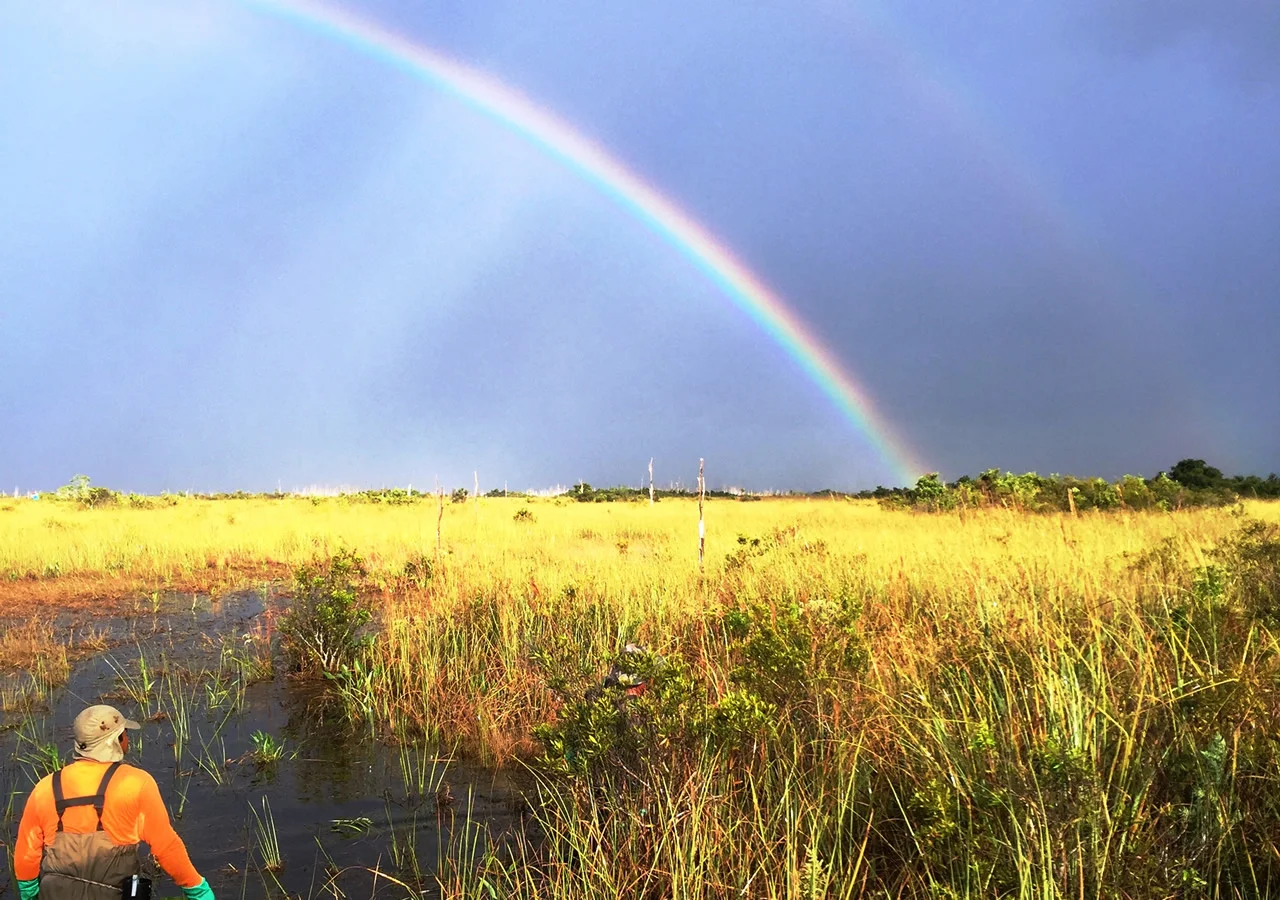Frequently Asked Questions
It is normal and healthy for a lake to have aquatic plants and algae growing in them. They help support a fish population and take up excess nutrients.
There are many functions a lake can provide, and it should be managed accordingly. Weeds and algae can be controlled in many ways. The first step in a plant management process is the identification of weeds and algae. A lake management professional can help with plant identification and recommend options to allow the lake to provide the preferred functions.












